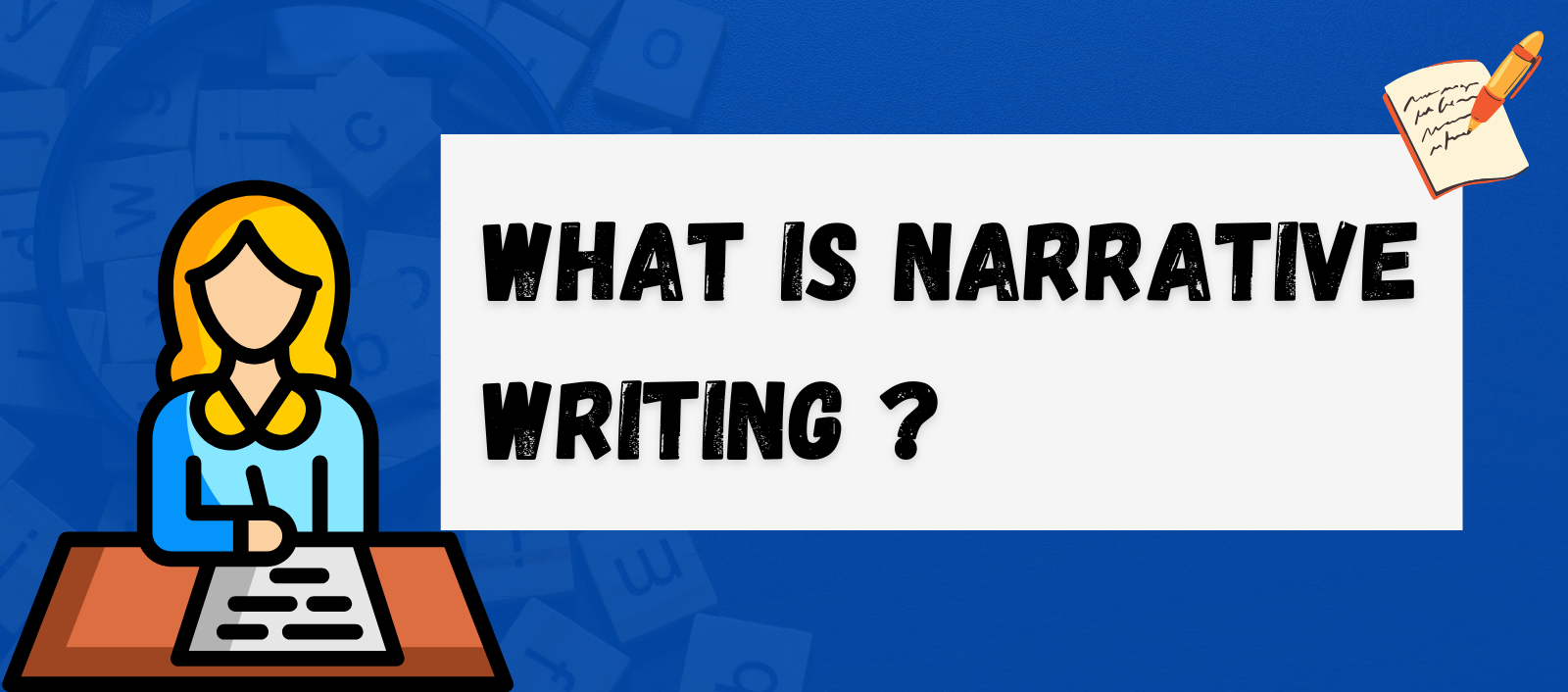In this blog, I will guide you through narrative writing. You will discover what it is and why it’s powerful. We will look at the key elements, like characters and plot.
I will also explain the main types of narratives. By the end, you’ll feel confident in creating your own stories. Sit back, have a cup of tea, and let’s dive into the art of narrative writing.
What is Narrative Writing?
Narrative writing is storytelling. It involves creating a structured story with a clear beginning, middle, and end.
Narratives include characters, a setting, and a plot, all designed to engage the reader.
Unlike other writing styles, narrative writing focuses on experiences, emotions, and events, often aiming to entertain or convey a deeper message.
It’s commonly used in novels, short stories, and personal essays. Good narrative writing draws readers in, making them feel connected to the story’s journey.
Types of Narrative Writing
There are Two main types of narrative writing:
Fiction
Tells made-up stories with imagined characters, settings, and events. It’s found in novels, short stories, and fantasy tales. Fiction includes,
- Realistic Fiction: Stories that could happen in real life, with believable characters and situations. They reflect everyday experiences.
- Magical Realism: Combines realistic settings with magical elements. The magic is subtle, blending seamlessly with reality.
- Stream of Consciousness: A narrative style capturing the character’s thoughts and feelings as they flow naturally, often without structure.
- Short Story: A brief, focused narrative, usually exploring a single event or theme. It’s designed to be read in one sitting.
Non Fiction
Tells true stories based on real events and people. It includes biographies, memoirs, and narrative essays. Non Fiction includes,
- Biography: Tells the life story of someone else, highlighting key events and achievements.
- Autobiography: A person’s own life story, written by them. It covers significant moments and personal growth.
- Memoir: Focuses on specific memories or experiences in the writer’s life, often with emotional insight.
- Personal Narrative: A first-person account of a personal experience or moment, capturing thoughts and feelings.
Learn about the different Types of Narrative Writing.
Elements of Narrative Writing
Narrative writing has five key elements:
- Characters: The people, animals, or figures in the story. They drive the plot and connect with readers.
- Setting: The time and place where the story unfolds, creating the story’s atmosphere.
- Plot: The sequence of events in the story, including conflicts and resolutions.
- Point of View: The perspective from which the story is told, shaping how readers understand it.
- Theme: The central message or insight the story conveys.
Learn more about Elements Of Narrative Writing
Tips for awesome narrative writing
Here are some tips for awesome narrative writing:
- Start strong: Grab attention with an interesting opening.
- Create relatable characters: Make them believable and engaging.
- Use vivid descriptions: Bring scenes to life with detailed imagery.
- Show, don’t tell: Let readers experience the story through actions and dialogue.
- Maintain a clear plot: Keep the story moving with a strong structure.
- Develop conflict: Introduce challenges to make the story compelling.
- Use varied sentence lengths: Keep the pacing interesting.
- End with impact: Leave readers with something to think about.
Why Choose Tutorhelpme English Tutors
Expert Tutors: Our English tutors are highly qualified and experienced in teaching.
Personalized Lessons: We tailor lessons to meet your unique needs and goals.
Flexible Scheduling: Learn at times that suit your lifestyle, with online options.
Engaging Lessons: We use creative methods to make learning fun and effective.
Focus on Progress: Monthly feedback helps track your improvement.
Affordable Rates: Quality tutoring at competitive prices.
Supportive Environment: We foster a positive, encouraging space to learn and grow.
Exam Preparation: Get help with preparing for exams, assignments, and coursework.
Proven Success: Our students consistently achieve great results.
FAQ’s
Why is it called a narrative?
It’s called a narrative because it involves telling a story, often with a structured plot, characters, and events.

